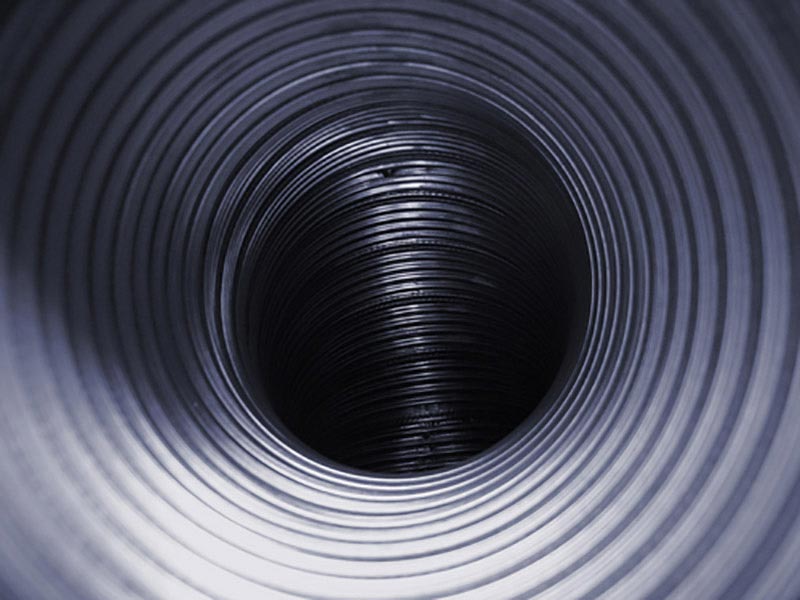Located in the walls, crawlspace, and attic of the home, ductwork is a series of sheet metal and other materials used to create a tunnel for the transport of air in and out of the home. Improper installation, age, and overall wear and tear can cause air to escape through the ductwork while allowing allergens and debris in.
Damaged ductwork can be problematic to your home, health, and heating and cooling system. This guide and your contractor’s help will teach you the signs that your ductwork is in distress.
1. Difficulty Maintaining Comfortable Temperature
One of the first signs you may notice is that your system is struggling to heat or cool your home properly. You may not be able to maintain your desired temperature, which can affect your level of comfort inside your home.
Even when running your heat or air conditioning constantly, you may experience spots in the room where air does not feel comfortable. Your system may be heating and cooling, but damaged ductwork allows the conditioned air to escape before it flows into your home.
2. Increased Heating and Cooling Costs
Heating and cooling uses a good amount of your household’s energy. If your ducts are not properly installed or they are damaged, Energy Star says you may be losing an estimated 20 to 30 percent of conditioned air.
This loss of conditioned air will prevent you from reaching a comfortable temperature inside, as stated earlier, while causing you to run your system longer and harder in an attempt to heat and cool your home evenly. By running your system more, you will be using more energy.
If you are dealing with uneven temperatures and decreased comfort in addition to increased heating or cooling costs, have the ductwork tested by contractors.
3. Air Quality Issues
Sneezing, coughing, runny nose, itchy, watery eyes, skin irritations, and even dangerous breathing difficulties are all common symptoms of allergies. According to the American College of Allergy, Asthma & Immunology, more than 50 million Americans suffer from allergies. Many people with allergies do not realize the air quality in their home could be some of the cause of their discomfort.
During the heating and cooling process, ductwork may pull dirt, dust, and other allergens into your system through any holes, tears, or improperly-connected seams. This buildup of dirt, dust, and debris could eventually flow through the vents into your home. Over time, the dirt and allergens negatively affect your home’s indoor air quality.
Many experts believe cleaning the ductwork is sufficient for improving the air quality in homes, but repairing the damaged ductwork should occur first. This prevents any buildup of dirt, dust, and allergens in your system’s ductwork, which will ease the allergy symptoms felt by you or other members of your household.
4. Increased Repairs
Another common sign that your ductwork may be in distress is if repairs are constantly needed on your heating and cooling system.
Like mentioned earlier, air loss through damaged ductwork decrease your home’s ability to get and remained properly heated and cooled. This causes the units to run longer, placing unnecessary stress on the different components of your heating and cooling system.
Over time, this constant stress may increase the risk of a failing compressor or problems with your heat pump. Replacing components and other parts is possible, but replacements can be time-consuming and costly over time.
By inspecting and repairing damaged ductwork, your heating and cooling system will run in a stress-free, energy-efficient manner. Replacing, repairing, and cleaning are all excellent investments for not only your ductwork, but also your entire heating and cooling system. For more information or to have your ducts evaluated by professionals, contact your heating and cooling specialists from Krauss & Crane Air Conditioning, today.



